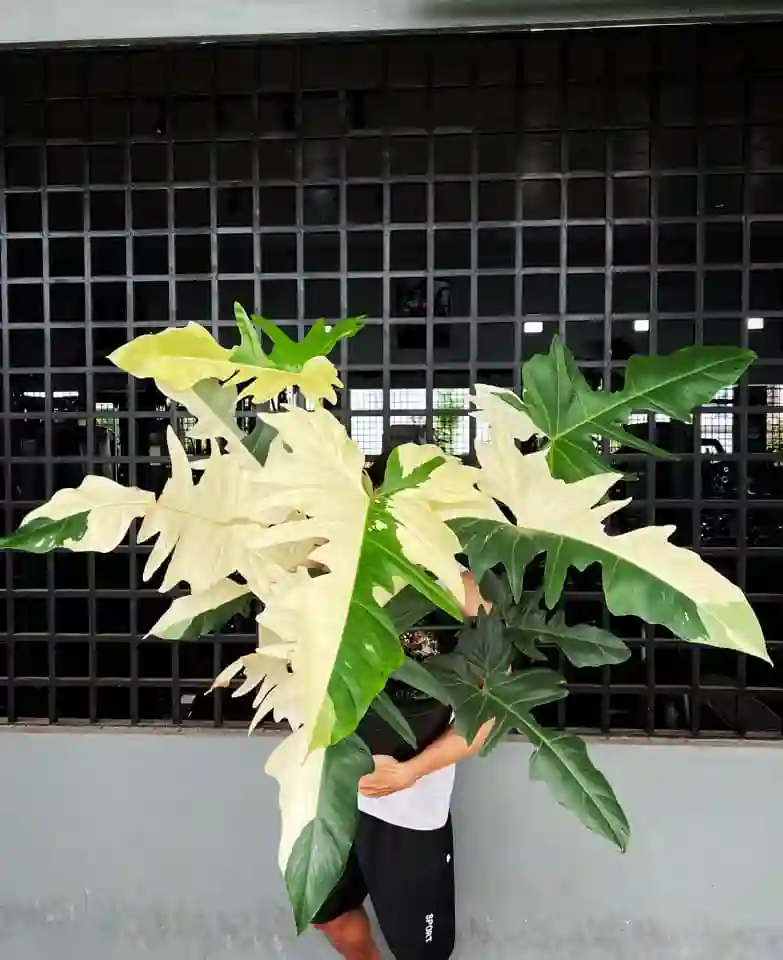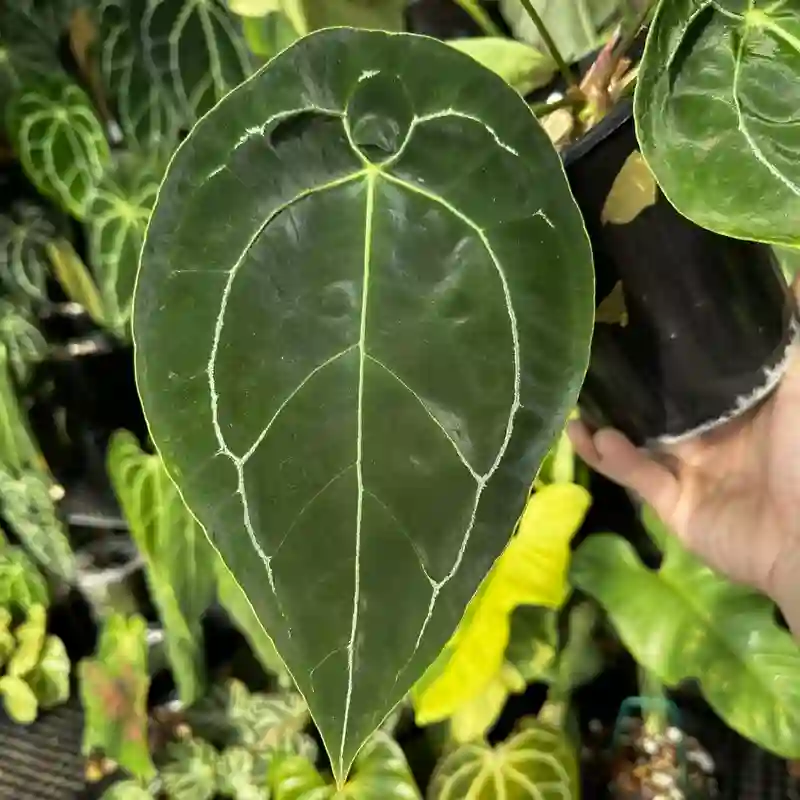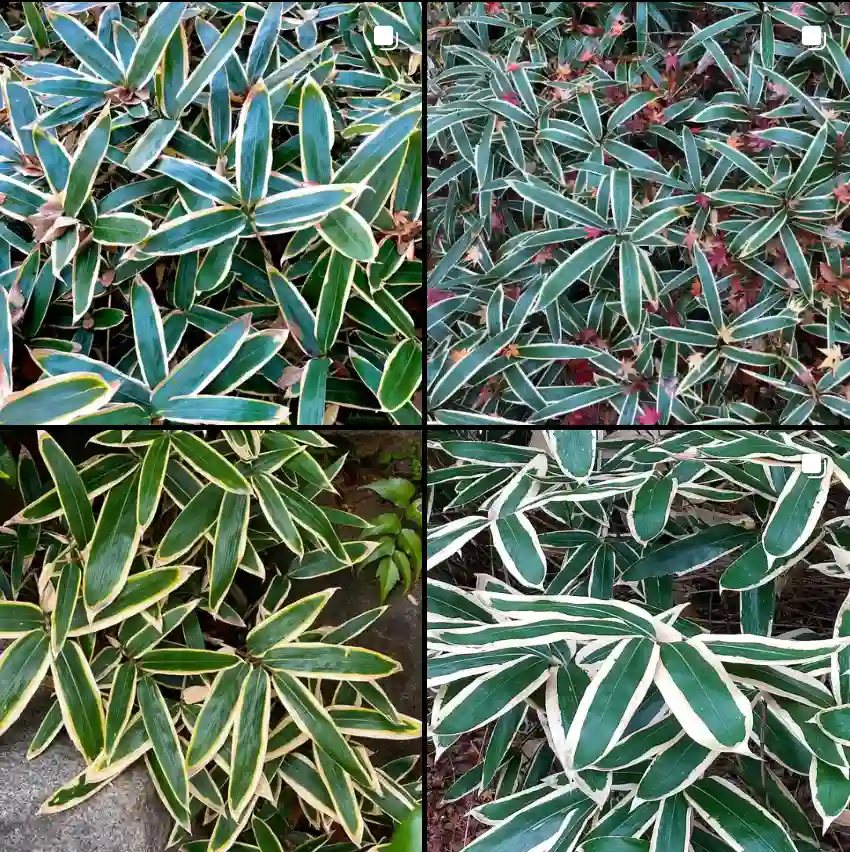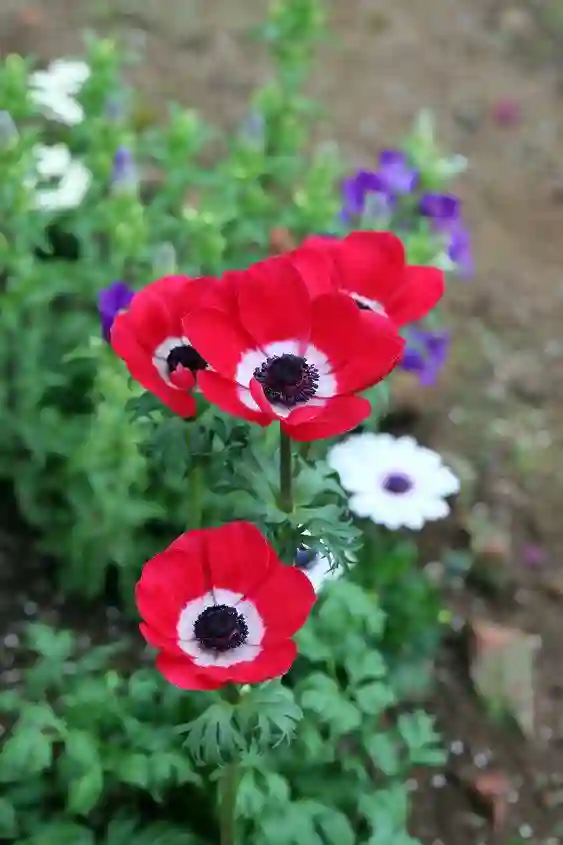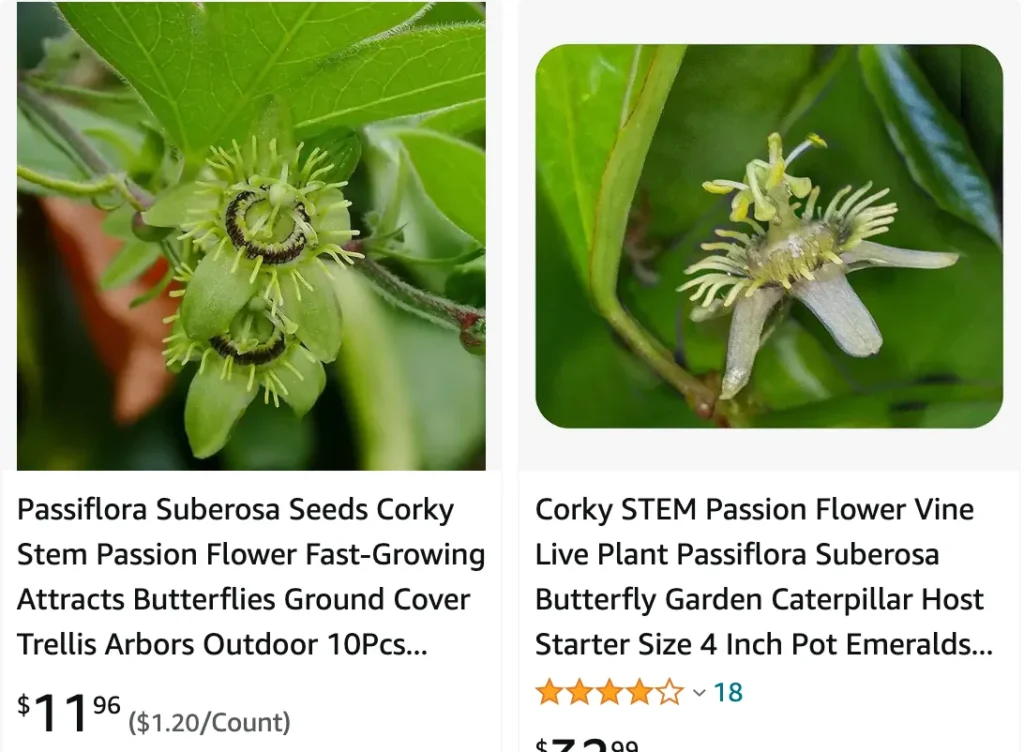
All About Passiflora Suberosa: The Corky Passionflower
I’m Ferb Vu, and I’m here to answer your questions about the Passiflora Suberosa, also known as the Corky Passionflower. This fascinating vine is a native of the Americas, prized for its unique characteristics and ecological benefits.
Whether you’re a seasoned gardener or just starting your plant journey, this FAQ will equip you with the knowledge to cultivate this beautiful climber.
595 Species in Genus Passiflora
What is Passiflora Suberosa?
The Passiflora Suberosa is a vigorous, evergreen vine belonging to the Passifloraceae family. This translates to “passionflower family” – a reference to the stunning and intricate blooms common to the genus.
The “Corky” in its name comes from the suberin that develops on its older stems, giving them a rough, cork-like texture. It’s a fast grower, reaching up to 6 meters (20 feet) in length, making it ideal for trellises, fences, or even as a groundcover.
What are its Flowers and Fruits Like?
Unlike its flamboyant cousins, the Passiflora Suberosa boasts small, greenish flowers. They’re not showstoppers, but they provide nectar for butterflies and attract pollinators.
The real star of the show is the fruit. These develop from the flowers and mature from green to a dark purplish-black. The fruits are edible, although some find the taste bland.
Pro Tip: If you’re interested in the fruit for consumption, research recipes that utilize them. They might be better suited for jams or jellies than eating fresh.
How Does it Compare to Other Passionflowers?
There are over 400 species in the Passiflora genus, each with its own distinct characteristics. Here’s a quick comparison of the Passiflora Suberosa to two popular varieties:
- Passiflora Edulis (Passion Fruit): This iconic passionflower is known for its large, vibrant purple flowers and delicious, juicy fruit. Unlike Passiflora Suberosa, it’s not cold-hardy and requires a warmer climate.
- Passiflora Caerulea (Blue Passionflower): This showstopper boasts stunning blue and white flowers, a favorite among gardeners. However, it’s a slower-growing vine compared to Passiflora Suberosa.
Choosing the Right Passionflower: Consider your climate, desired aesthetics (flowers vs. fruit), and available space when selecting a passionflower for your garden.
Is Passiflora Suberosa Easy to Grow?
The Passiflora Suberosa is a relatively low-maintenance vine. It thrives in full sun to partial shade and prefers well-drained, moist soil.
Here’s a quick care guide:
- Planting: Choose a location with ample support for the vine to climb.
- Watering: Water regularly during the first growing season, then adjust based on rainfall.
- Feeding: Apply a balanced fertilizer once or twice a year during the growing season.
- Pruning: Prune lightly to maintain shape and encourage new growth.
Remember: Passiflora Suberosa can be invasive in some regions. Check with your local authorities before planting to ensure it’s suitable for your area.
Is Passiflora Suberosa Beneficial?
Absolutely! Here’s why you might consider adding this vine to your garden:
- Attracts Pollinators: The flowers provide nectar for butterflies, bees, and hummingbirds.
- Food Source for Caterpillars: The leaves serve as a host plant for various butterfly species.
- Fast-Growing Groundcover: It can fill empty spaces and suppress weeds.
Beyond Aesthetics: Passiflora Suberosa offers ecological benefits by supporting pollinators and contributing to the local food chain for caterpillars.
Where Can I Learn More?
There are many resources available online and in libraries to delve deeper into the world of Passiflora Suberosa. Here are a few suggestions:
- Florida Native Plant Society: Provides information on Passiflora Suberosa’s suitability for specific regions [relevant entity: Florida Native Plant Society].
- National Parks Board (Singapore): Offers insights into the plant’s ecological value [relevant entity: National Parks Board (Singapore)].
- Fairchild Tropical Botanic Garden: You can find Passiflora Suberosa among their plant collections [relevant entity: Fairchild Tropical Botanic Garden].
I hope this FAQ has provided a comprehensive overview of the Passiflora Suberosa. With its unique characteristics, ecological benefits, and relative ease of care, this captivating vine can be a valuable addition to your garden.
If i die, water my plants!
